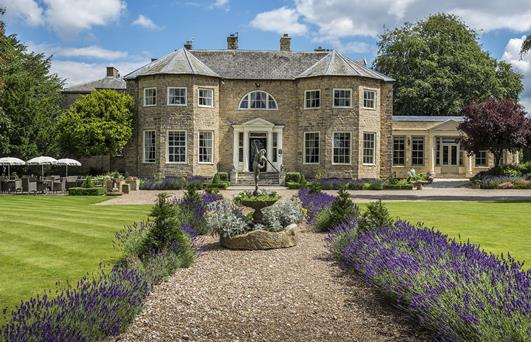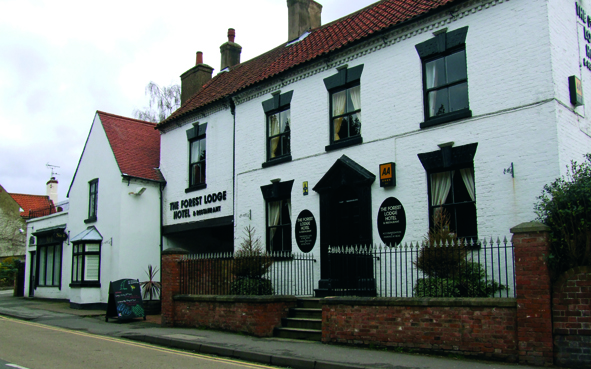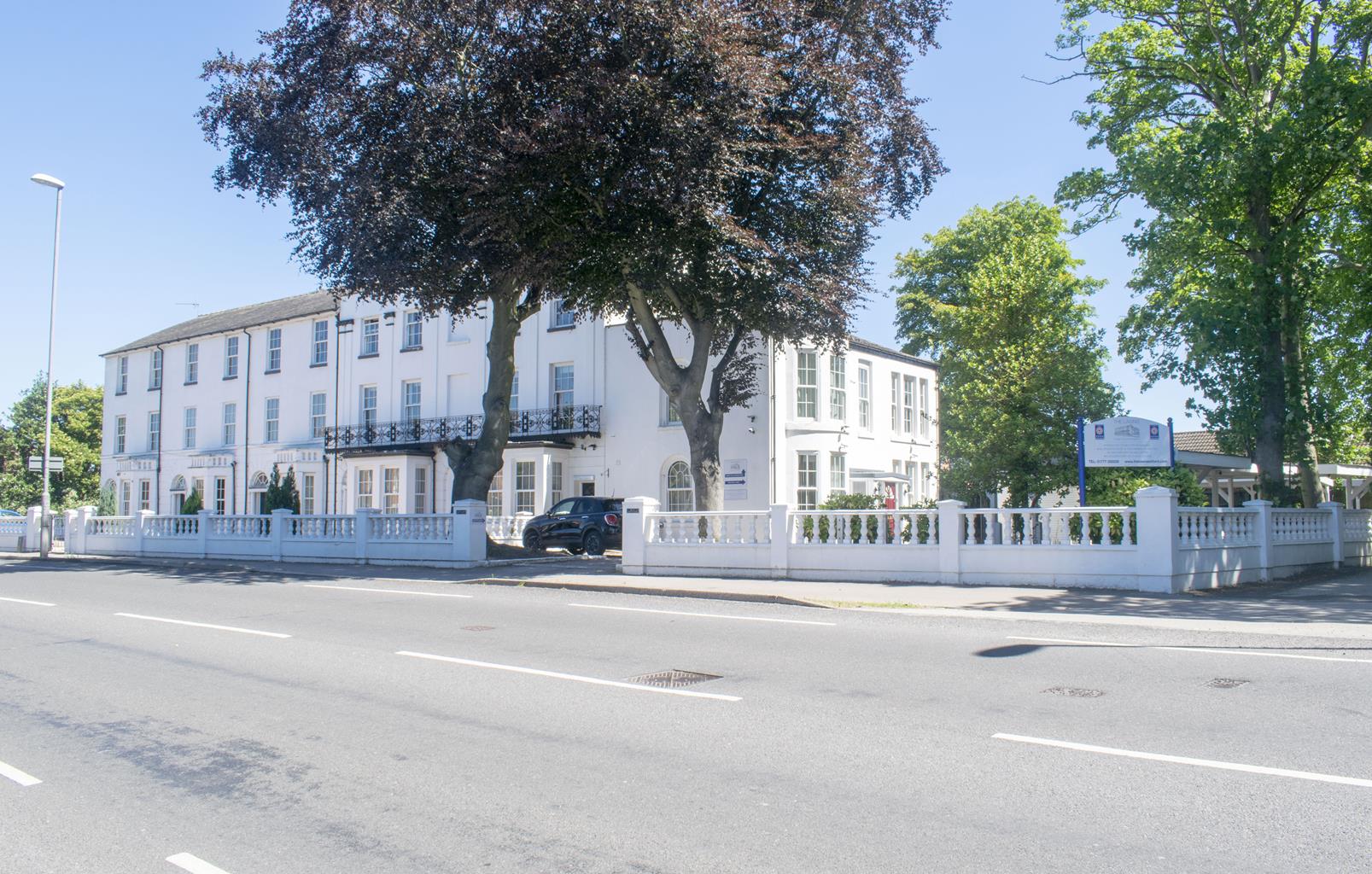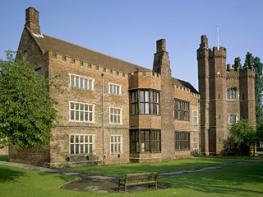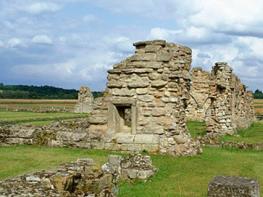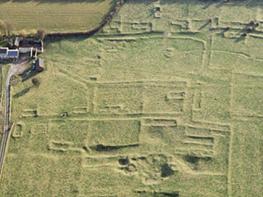A delightfully rural and level grass park tucked away on the banks of the River Trent. The park…
The Trent's tidal bore

A short walk beside the gentle Trent
4 miles (6.4kms)
About the walk
The River Trent is one of Britain’s foremost rivers, for centuries a key trading and transport route that linked the East Midlands with Yorkshire and the Humber. As it flows north from Newark across north Nottinghamshire and into Lincolnshire the river is tidal and indeed the town of Gainsborough has sometimes been referred to as Britain's most inland port. However, there is another reason why this lower stretch of the Trent is so well known.
A tidal wave in the East Midlands
Like its more famous counterpart on the River Severn, the tidal Trent gives rise to a naturally occurring wave called the Aegir, which periodically surges up the river against the tidal flow. It’s formed as the tide rushes in from the river’s mouth on the Humber and funnels the water through the narrowing channel. Sometimes this merely causes the flow of the river to change, but when a high spring tide occurs it creates a wave or bore that can, in exceptional circumstances, reach up to 13ft (3.9m) high and rushes upstream through Morton and Gainsborough.
The Aegir doesn’t tend to travel much beyond Gainsborough as the tight meanders lessen its impact and weirs further upstream stop it entirely. Recent dredging has also reduced its force, as it tends to gain momentum the shallower the river becomes. However, when a really high spring tide combines with a strong following wind and low freshwater levels the effect of this unusual natural phenomenon can be quite dramatic.
Forecasts of when the Aegir is likely to occur are available on the internet and from local information points. Like the Severn Bore, when a large Aegir is predicted sizeable crowds can turn up to watch the spectacle, including surfers and canoeists hoping to ride its rushing (if modest) wave. The bend in the river at Morton, at the end of this walk, is one of the most popular locations for onlookers.
The Aegir in history and literature
The Aegir is said to be named after the god of the sea in Norse mythology and there are plenty of historic references, folk tales and superstitions associated with the bore, perhaps unsurprising when a mighty wave periodically crashes up an otherwise placid river. Once upon a time local people would offer animal sacrifices to the Aegir, and even into the last century it was a tradition to throw a coin into the Trent during the Aegir to appease the anger of the flow and prevent you from drowning. In The Mill on the Floss (1860), George Eliot calls the spring tide 'the awful Eagre…come up like a hungry monster'.
It’s even been claimed that King Cnut, when staying at Gainsborough Castle, was in fact attempting to repel the Trent’s tidal bore when he famously tried to turn back the waves.
Walk directions
From St Paul’s Church walk along Front Street the short distance to The Ship Inn and turn right into Dog & Duck Lane. Go along this, past the village hall, and at the end turn right on to Walkerith Road. Take the second turning on the left, called Field Lane.
Walk along Field Lane and as the houses soon begin to end the road kinks and becomes an unsurfaced track. Continue on this quiet thoroughfare across the open arable fields, bordered by drainage ditches. With the river over to your left, carry on all the way until you finally reach the road at Walkerith.
Turn left and walk along the road into the village. At the sharp right-hand bend, by a long and low brick barn, go left on a signposted public footpath (not the one straight ahead towards the river). Don’t go through the gate but to its right for an easily missed and narrow path between the hedge and a wooden fence. Beyond the gate at the end walk across the short riverside field to reach the embankment path.
Turn left and follow this easy and obvious route, via several gates, for about 1.5 miles (2.4km), with the outward route in view across the fields to the left. Continue all the way back to Morton, with the River Trent drifting languidly past on your right.
Where you approach a row of new, riverside houses the river bends sharply to the right and this is a good point from which to watch the Aegir. Follow the path down to a road and walk ahead on the signposted public footpath riverside of the buildings. After a small walkway go left into a residential street away from the river. At the junction go straight ahead to return to the start.
Additional information
Firm tracks, grassy embankment, pavement
Flat riverside fields and raised tidal bank
Very good, although on lead around livestock at Walkerith
OS Explorer 280 Isle of Axholme, Scunthorpe & Gainsborough
Layby or kerbside on Front Street, Morton (near the church)
None on route (nearest in Gainsborough)
WALKING IN SAFETY
Read our tips to look after yourself and the environment when following this walk.
Find out more
Also in the area
About the area
Discover Lincolnshire
Much of the fenland around the Wash has been drained of its marshes and reclaimed as highly productive farmland. Further north, the coastline, with its sandy beaches, has been developed to accommodate the holiday industry, with caravans, campsites and the usual seaside paraphernalia. The main resorts are Skegness, Mablethorpe, Cleethorpes and Ingoldmells. Inland, the chalky margin of the Lincolnshire Wolds offers an undulating landscape of hills and valleys, designated as an Area of Outstanding Natural Beauty.
Lincoln, the county town, is dominated by its magnificent cathedral. Most of interest in the city is in the uphill area, Steep Hill, ascending from the River Witham; the Bailgate spanned by the Newport Arch, and the Minster Yard with its medieval and Georgian architecture. Boston, on the banks of Witham, was England’s second biggest seaport in the 13th and 14th centuries, when the wool trade was at its height. There are market towns all over the county still holding weekly markets, including Barton-upon-Humber, Boston, Bourne, Brigg, Crowland, Gainsborough, Grantham, Great Grimsby, Holbeach, Horncastle, Long Sutton, Louth, Market Rasen, Scunthorpe, Sleaford, Spalding (the centre of the flower industry), and the elegant Edwardian spa resort of Woodhall Spa.
Nearby stays
Restaurants and Pubs
Nearby experiences
Recommended things to do
Why choose Rated Trips?
Your trusted guide to rated places across the UK
The best coverage
Discover more than 15,000 professionally rated places to stay, eat and visit from across the UK and Ireland.
Quality assured
Choose a place to stay safe in the knowledge that it has been expertly assessed by trained assessors.
Plan your next trip
Search by location or the type of place you're visiting to find your next ideal holiday experience.
Travel inspiration
Read our articles, city guides and recommended things to do for inspiration. We're here to help you explore the UK.




